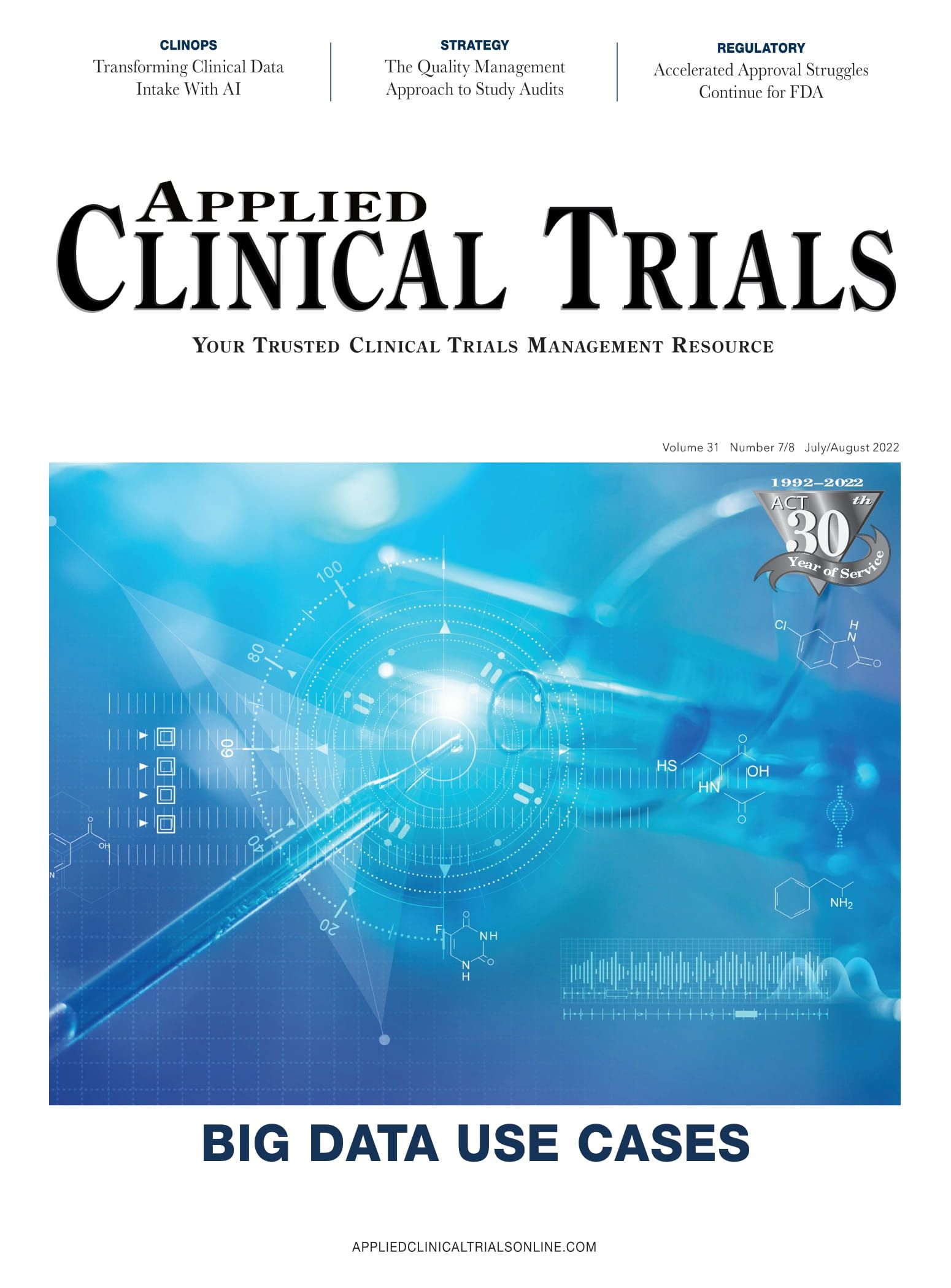Progressing BYOD Adoption
Moving past the ‘if’ to the ‘how.’
It’s time to stop asking ‘if’ clinical trials should employ bring-your-own device (BYOD) strategies to collect electronic patient-reported outcome (ePRO) data, and instead develop considered approaches to ‘how’ we do it. This is not to say that BYOD will always be suitable for every given context; rather, let’s stop getting caught up in concerns around whether regulators will accept such data and instead focus on optimizing implementation.
A recent article in Therapeutic Innovation & Regulatory Science highlights the anecdotal nature of the current evidence base for ePRO data collected via BYOD being used in medical product labelling, with only one known example being published to date.1 That article calls for greater transparency around data collection methods and proposes a means to capture this experiential data, and the eCOA Consortium has mobilized to drive this initiative forward.
In conjunction with the article, an online poll asked sponsors to indicate their intention (or lack of) to contribute to the proposed BYOD database (the poll remains open and can be accessed here). At the time of writing:
- 35% of respondents have collected ePRO data using BYOD and would be willing to contribute to a database
- 22% of respondents have not collected ePRO data using BYOD but knowledge of others doing so would encourage them to adopt this strategy
- 33% of respondents support this initiative, but are not part of an organization that collects ePRO data for submission to a regulatory agency
- 8% of respondents have collected ePRO data using BYOD but would not be willing to contribute to a database
It is incredibly encouraging to see the appetite for such knowledge sharing and that representatives of many organizations are supportive of increasing transparency around data collection methods within medical product development. Nevertheless, it is puzzling why a minority of respondents would not be willing to contribute and it is difficult to ascertain the concerns or perceived risks of sharing such data.
This database will serve as a shared resource where all participating organizations can contribute and benefit alike. The vision includes a simple submission system for sponsors (or their delegates) to enter key information into the database as detailed in the real-world example below:
This source of information will build confidence in the BYOD approach to ePRO data collection, removing the hesitation around its utilization—the ‘if’—and instead moving to focus on a considered approach to optimize implementation—the ‘how.’
Some key elements of the ‘how’ include the platform facilitating the same presentation (format and functionality) of ePROs across device types to ensure the same user experience regardless of the device—something clearly identified as key by FDA.2 Ensuring study participant support is key. Trial staff will need to assess device suitability or provide a provisioned device alternative, assist with app download or web-URL access. This will also require helpdesk support along with providing backup options for malfunctioning devices or accommodating participants who prefer not to use their own device. While this may be perceived as requiring additional work, the investment of time and resource is worthwhile—BYOD optionality provides the opportunity to enhance the participant experience, facilitate clinical trial participation, and reduce missing data.
As we look into the future, BYOD goes beyond just PRO data collection. Using the participants own device for wearable data synchronization—thus avoiding a second smartphone in a clinical trial—and performance outcome (PerfO) assessment collection offers further potential to reduce participant burden. We can also think about expanding digital health technology (DHT) data collection beyond participant self-reports with their own wearables for remote capture of, for example, physiological parameters (e.g., heart rate) and activity (e.g., step count).BYOD approaches also allow for clinician-reported outcomes (ClinRO) and observer-reported outcomes (ObsRO) data collection.
BYOD is poised to play a transformative role in clinical trials. Let’s work together to optimize its use and realize its full potential much sooner.
Authored on behalf of Critical Path Institute’s eCOA Consortium by Florence D. Mowlem Director, eCOA, Medable, Inc., and Elena S. Izmailova, Chief Scientific Officer, Koneksa Health, Inc.
References
- Mowlem, F.D; Tenaerts, P.; Gwaltney, C.; Oakley-Girvan, I. Regulatory Acceptance of Patient-Reported Outcome (PRO) Data from Bring-Your-Own-Device (BYOD) Solutions to Support Medical Product Labeling Claims. Therapeutic Innovation & Regulatory Science 56, 531–535 (2022). https://doi.org/10.1007/s43441-022-00412-1
- Food and Drug Administration. Patient-Focused Drug Development Guidance: Methods to Identify What is Important to Patients and Select, Develop or Modify Fit-for-Purpose Clinical Outcome Assessments. Available at https://www.fda.gov/drugs/news-events-human-drugs/patient-focused-drug-development-guidance-methods-identify-what-important-patients-and-select

